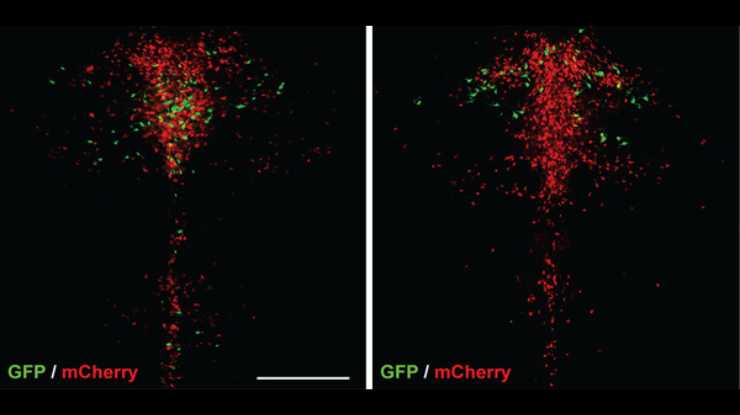A novel method to identify pancreatic cancer early in its development that uses the sensitive detection of extracellular vesicles has been created by researchers at the Arizona State University’s Biodesign Virginia G. Piper Center for Personalized Diagnostics. Detection methods for the disease remains cumbersome and expensive, and often uncovers illness only at advanced stages, when…
Author: Ian Nicholson
Cortico-subthalamic Networks Influencing Decision Making Optimisation
Two discrete mechanisms in the human brain that control the balance between speed and accuracy when making decisions have been pinpointed by University of Oxford researchers. The findings shed new light on the networks that regulate how quickly we choose an option and how much information we need to make that choice. A more detailed…
Aging Increases DNA Mutations in Induced Pluripotent Stem Cells
Genetic mutations increase with the age of the donor who provided the source cells for induced pluripotent stem cells (iPSCs), researchers at the Scripps Translational Science Institute (STSI) and The Scripps Research Institute have found. The findings underline the importance of screening induced pluripotent stem cells for potentially harmful DNA mutations before using them for…
Two Serotonergic Neuron Subtypes Affect Aggressive Behavior
A small grouping of homogeneous brain cells makes the neurotransmitter serotonin regulate many functions, from breathing to mood to appetite. But how do they do it? They’re not so homogeneous after all. Over the past few years, researchers, including Harvard Medical School geneticist Susan Dymecki, have begun uncovering distinct subtypes of serotonin neurons that seem…
Amyotrophic Lateral Sclerosis RNA-binding Proteins Role Revealed
Only 10 percent of amyotrophic lateral sclerosis (ALS) cases are hereditary, but a significant number of them are caused by mutations that affect proteins that bind RNA, a type of genetic material. University of California San Diego School of Medicine researchers studied several ALS cases with a mutation in an RNA-binding protein known as hnRNP…
Cognitive Processing Speed Linked To Brain Connection Integrity
In what will be the world’s largest health imaging study when completed, high-quality imaging data and a very large number of subjects have allowed researchers to identify more than 30,000 significant associations between the many different brain imaging measures and the non-imaging measures. Early results from analyzing the brain imaging data, alongside thousands of measures…
Treacher Collins Syndrome: Three Genetic Mutations Identified As Cause
Scientists have reported a detailed description of how function-impairing mutations in polr1c and polr1d genes cause Treacher Collins syndrome (TCS). TCS is a rare congenital craniofacial development disorder that affects an estimated one in 50,000 live births. These findings reveal that a unifying cellular and biochemical mechanism underlies the etiology and pathogenesis of Treacher Collins…
Amygdala Parvalbumin-interneurons Play Key Role In Fear
Fear memory encoding, the process responsible for persistent reactions to trauma-associated cues, is influenced by a sparse but potent population of inhibitory cells called parvalbumin interneurons in the amygdala, according to a study conducted at the Icahn School of Medicine at Mount Sinai. The Mount Sinai study focused on identifying the synaptic connections between inhibitory…
Why Schizophrenia Makes It Hard To Remember
Although medications can often treat the delusions and hallucinations that accompany schizophrenia, it’s been more challenging to address memory problems, which can make it difficult to perform daily activities. “People with schizophrenia have difficulty retrieving associations within a context, and this creates a pervasive loss of memory that makes everyday life a challenge. You can’t…

